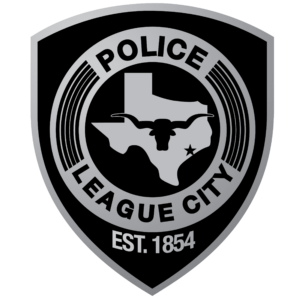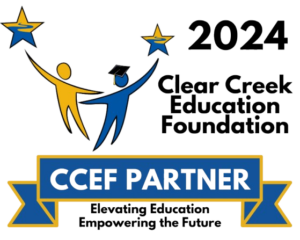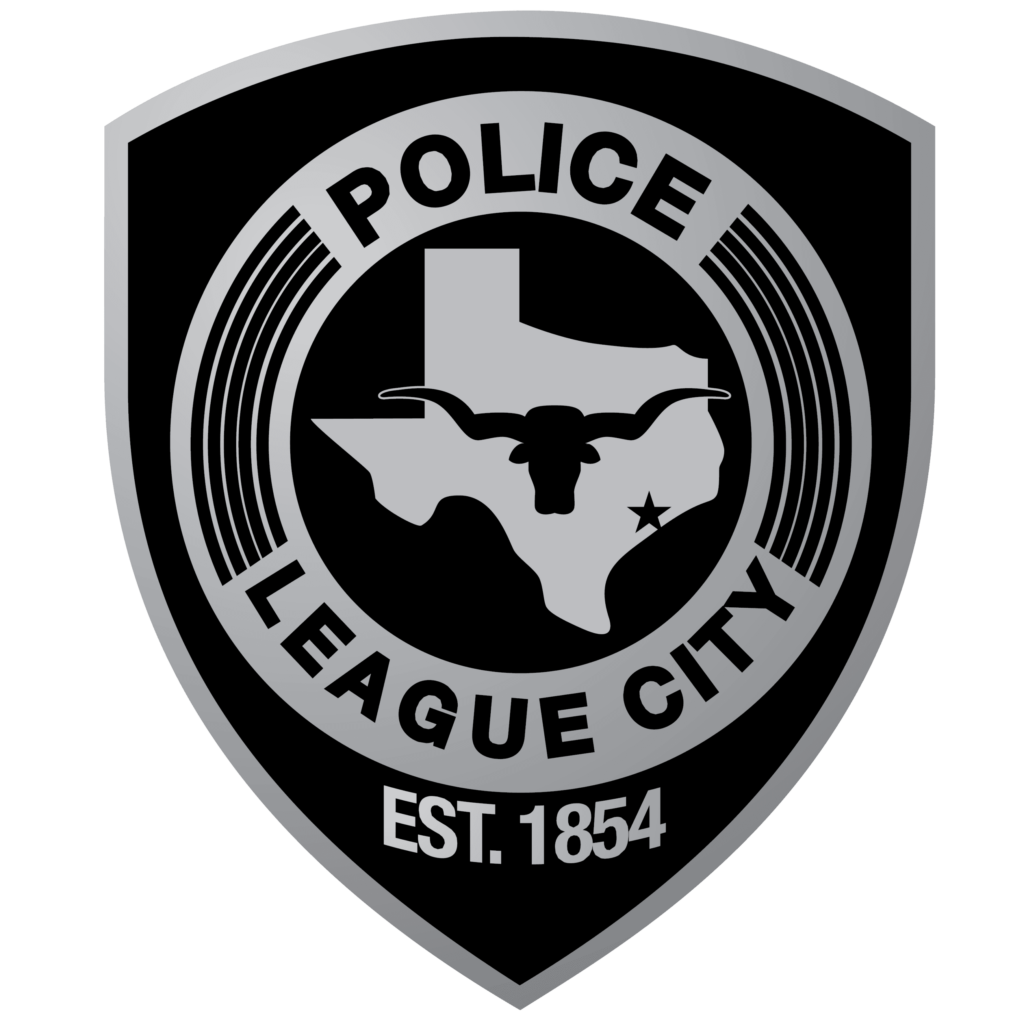
Head injuries are a serious concern in many sports, including baseball. With balls being thrown at high speeds, the use of bats and the potential for player to player collision, it is not surprising that baseball and softball players can suffer potentially serious injuries to the head and brain. This is especially concerning for children, who make up a significant portion of ball players. In fact, according to Frontiers in Neurology, over six million children play in organized baseball leagues each year, with up to thirteen million more playing non-organized baseball.
Texas State Law and Sports Concussion
Due to the potential for head injuries in sports, including baseball, many states have passed laws aimed at preventing and treating concussions. In Texas, for example, there are specific laws in place for interscholastic activities and the University Interscholastic League. These laws require school districts to appoint concussion oversight teams, establish return-to-play protocols, and require that students may not participate in an activity during a school year until their parent/guardian signs and returns a form acknowledging receipt of concussion information.
A student must be immediately removed from the activity by a coach, physician, licensed health care provider, school nurse, or parent/guardian if a concussion is suspected. The student is not permitted to resume play unless they have been seen by a medical professional, followed all return-to-play guidelines, received written approval from their healthcare practitioner, and received parental authorization. A student’s return to play cannot be approved by the coach. Every two years, coaches must complete concussion training. (Little League)
Concussion Treatment
If a concussion is suspected, it is important to seek medical treatment right away. Most concussions do not require surgery or any major medical treatment. Your youngster should limit physical activities and those requiring a lot of focus during the first few of days. Allow them to unwind at home. It’s acceptable to engage in low level activities like reading, painting, coloring, playing a calm game, and conversing with loved ones. Your youngster should stop engaging in an activity if their symptoms get worse while doing it. (KidsHealth)
When to Go to the ER
In some cases a head injury may require emergency medical attention. Parents should seek emergency care if their child experiences symptoms like loss of consciousness, even briefly, confusion or disorientation, seizures, severe headache, slurred speech, weakness or numbness in the arms or legs,vomiting more than once, unequal pupils or other changes in vision, or difficulty walking or maintaining balance after a head injury. (American College of Emergency Physicians)
Head injuries are a serious concern in baseball, especially for children who make up a significant portion of baseball players. It is important to take steps to prevent and treat concussions, including following state laws aimed at preventing and treating concussions, seeking medical attention if a concussion is suspected, and seeking emergency medical attention if a child experiences certain symptoms after a head injury. By taking these steps, we can help ensure the safety and well-being of children in baseball and softball sports.
Works Cited
“Brain Injury in Baseball and Softball.” Frontiers in Neurology, Frontiers Media SA, 7 Nov. 2017, https://blog.frontiersin.org/2017/11/07/brain-injury-baseball-softball-frontiers-in-neurology/.
“Child Head Injury.” American College of Emergency Physicians, 20 Feb. 2020, https://www.emergencyphysicians.org/article/pediatrics/child-head-injury.
“Concussions.” KidsHealth, Nemours Foundation, Jan. 2019, https://kidshealth.org/en/parents/concussions.html.
“Texas State Law and Sports Concussions.” Little League, Little League Baseball, Inc., 11 Dec. 2019, https://www.littleleague.org/player-safety/concussions-youth-athletes/.
















